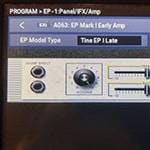Hello!
Have you ever heard of the EIA standard?
This is a familiar piece of equipment for band members and musicians, but many people haven’t heard of it, so what is EIA? What is a studio rack? I will guide you through the world of the EIA standard.
I know what EIA is because I've read other blogs! I am proud to be able to introduce you to the world of EIA standards in more detail.
■ Shelves for Organizing Music Equipment
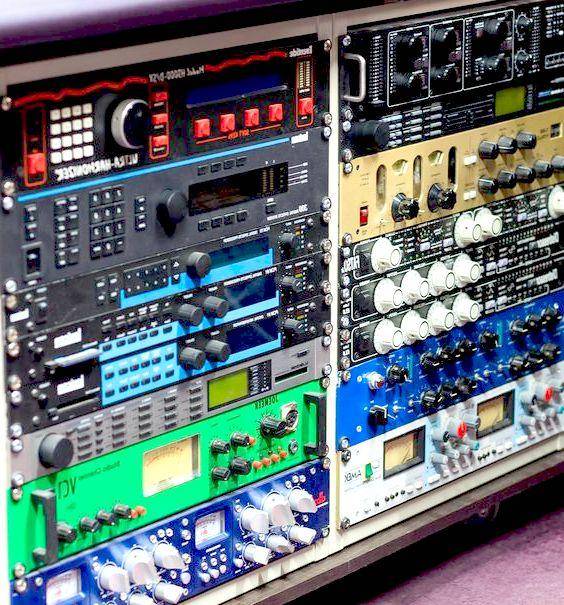
You may have seen something like this at a live concert or studio.
Yes, this is a studio rack (& equipment).
There are various types of equipment such as equalizers, amp heads, compressors, etc. Most of the high-end or professional equipment is designed to meet the “EIA standard” and can be rack-mounted. Also, some equipment that appears to be unmountable can be attached to a studio rack by attaching an adapter.
■ EIA standard
When all the equipment is removed from the rack, you will see a rack frame like the one below appears.
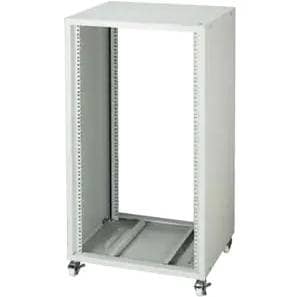
From the front, you can see that there are vertically extending metal fittings (frames) with holes at regular intervals on both sides. This is where the equipment is mounted using screws.
In a nutshell,
- Unify the width,
- Unify the spacing of the screws,
- the cables are concentrated on the back and the controllers are concentrated on the front,
constitutes the EIA standard.
The EIA standard is a standard set by the U.S. Electronic Industries Association (EIA) for the size of racks and the equipment they hold.
The width is 19 inches (482.6 mm) and the height is a multiple of 1.75 inches (44.45 mm).
(You don't need to know this, but by the way, the screw holes used for music equipment on the racks and the like are drilled according to a method of drilling screw holes called universal pitch.)
The EIA standard was originally used as a method for server racks (some still use it today).
It has since been used for music equipment as well.
■ Is it 1U or 2U? How to amount equipment
All equipment that can be rack-mounted has four screw holes on all sides as shown in the image below (with the exception of some equipment that is too large and heavy).

If all equipment is the same size, manufacturers who produce equipment that cannot be downsized will cry if they try to standardize the size of their equipment. That is indeed not possible.
Therefore, equipment becomes larger and larger not in the restricted horizontal direction but in the vertical direction.
As I said before, please note that the depth is not standardized.
The unit of height used to summarize this is the “U”.
1U is 1.75 inches (see image below)

2U is 3.5 inches (see image below)

3U is 5.25 inches (image below)

Etc...
Thus, the height is a multiple of 1.75 inches.
Also, some of them may seem like they don't have enough width, right? This equipment is called “half-racks” which can be mounted in a case for a half-rack or in a standard rack with an adapter.
For example, the highly regarded studio racks sold by Sound House.
CLASSIC PRO / CRK14N 14U Studio Rack
If this is the case, it is listed as 14U,
3+3+3+3+2=14
and the maximum number of 3U equipment like in the previous image is 4, and one 2U equipment fills it up perfectly,
3+3+2+2+1+1+1+1=14
will fill up to 2 units of 3U equipment, 2 units of 2U equipment, and 4 units of 1U equipment, as shown in the previous image.
In other words, as long as the sum of the U numbers of the equipment you want to mount does not exceed the U number of the rack, and the depth of the equipment does not exceed the depth of the rack, you can mount all of the equipment.
Be careful that a lot of these racks don’t include screws. These are standard one-inch screws. They may look smoky, but they are sturdy.
MIDDLE ATLANTIC / HPS rack screws inch standard
Cute, isn't it? What? You think it isn’t? Well...
Here is a key point
If you can't fill the rack perfectly and there is a gap, or if you are only mounting a few units in a large rack, pack and mount from the bottom. This is especially true when using inexpensive racks. If the center of gravity is too high, the rack frame will break and the expensive and heavy equipment will collapse in the event of a large earthquake or other impact (I have personally experienced this).
There are also studio desks and mixing equipment with 4U rack cases growing out of them from the start.
MIDDLE ATLANTIC / MDVDSK Studio Desk
As an aside,
There are two types of screw holes on the equipment side: one is not specifically named, and the other is a universal type. The difference between these two types is the distance between the screw holes. Even if the equipment is of the same height, the spacing of the screw holes differs depending on the type. In the case of music equipment, there is almost no equipment that has universal-type screw holes, and since the height of both types is the same, the number of devices that can be mounted on the rack is the same, so it’s safe to forget about them.
■ Rack case for transporting and storing equipment
Rack cases are convenient for transporting and storing equipment. There is a wide variety of rack cases, some of which look like attached cases, and some of which have casters and are of full-scale specifications.
As with studio racks, screws are often not included, so check carefully.
Here is a standard rack case. They have a good reputation.
CLASSIC PRO / CPR1USII 1U short rack case
This is called a rack stand.
K&M / 40900 8U desktop rack stand
Also, here is a rack case for half-racks as explained earlier.
ODYSSEY / FZHR02 2U half-rack case
Cute, isn't it? Oh, you agree with me this time.
Sad to say, but there are many inferior products on the market these days, and in some cases, they crack easily and break your equipment (I'm serious. This is not a corny dad joke). Be sure to buy from a reputable manufacturer or distributor. All of the above are products of reputable models and manufacturers, so they are safe and recommended by myself and others.
■ Summary
- Width and screw hole spacing are standardized by EIA standard.
- Depth is not standardized, so please check.
- Half-racks are installed using metal fittings.
- Racks are installed by packing from the bottom.
- 2U is twice as thick as 1U, and 3U is three times as thick as 1U.
- A rack is a good investment.
How was it? Now you have mastered the EIA standard.
Now enjoy your music life!
The “sound & person” column is made up of contributions from you.
For details about contributing, click here.





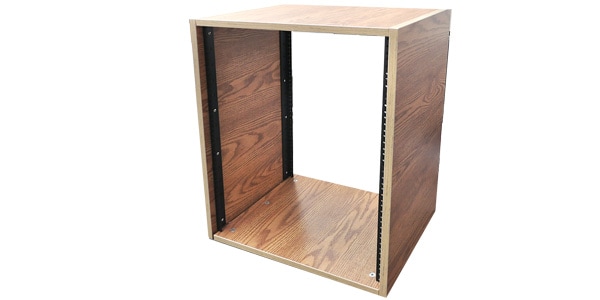
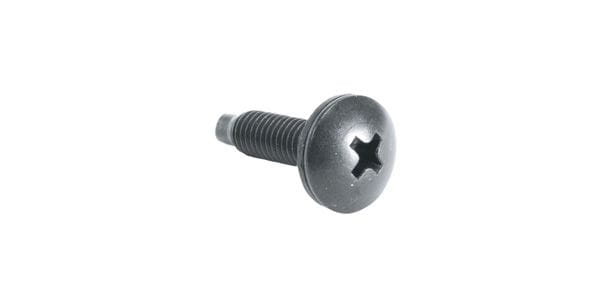
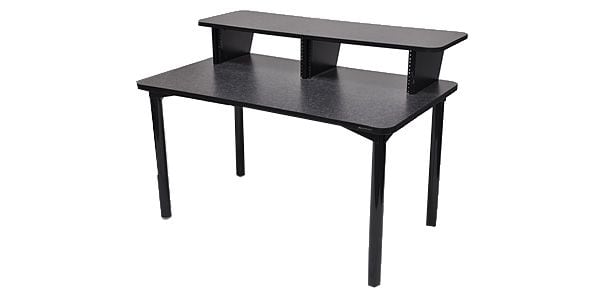
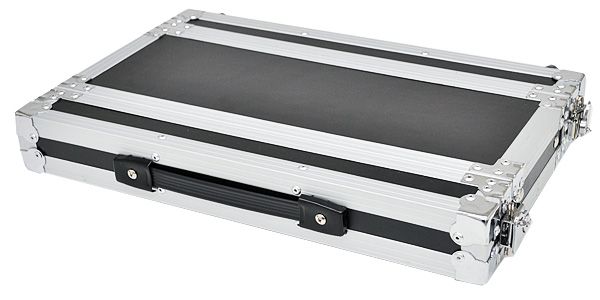
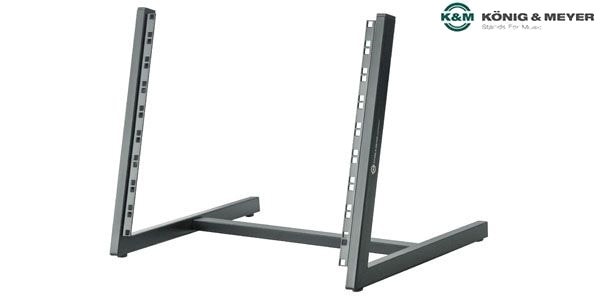
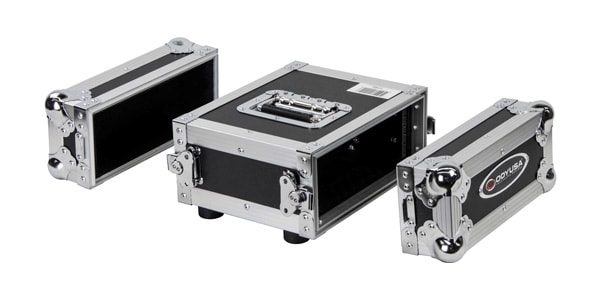







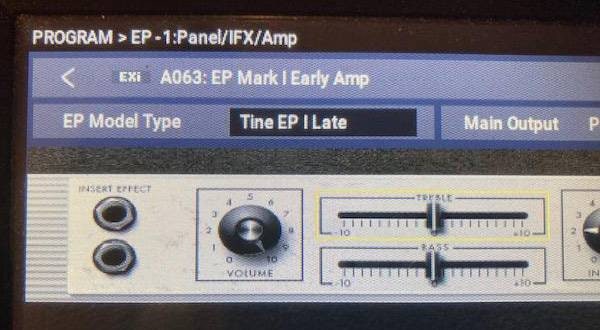




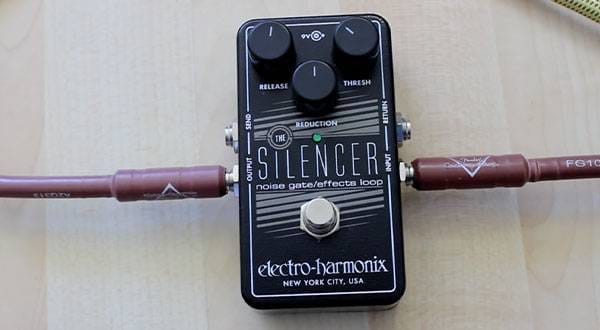
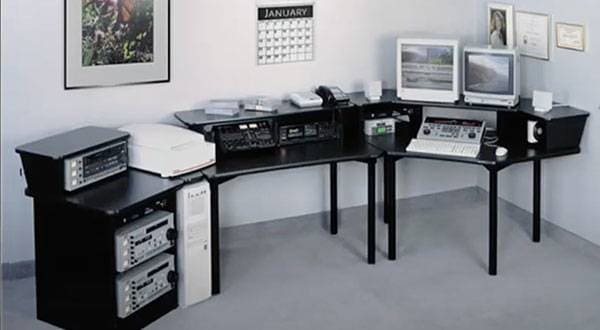
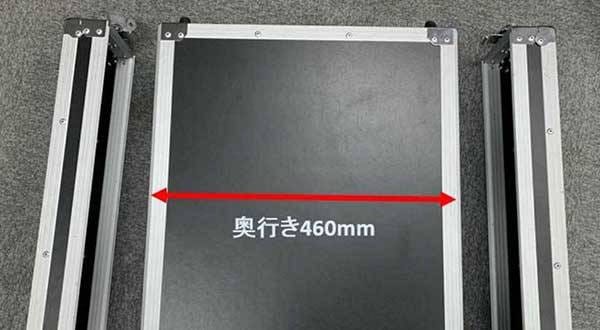
![What is a Drawer? - Rack Accessories Beginner Course [2024]](/contents/uploads/thumbs/2/2020/12/20201214_2_11845_1.jpg)
![What is a Blank Panel? - Rack Accessories Beginner Course [2024]](/contents/uploads/thumbs/2/2020/12/20201203_2_11702_1.jpg)
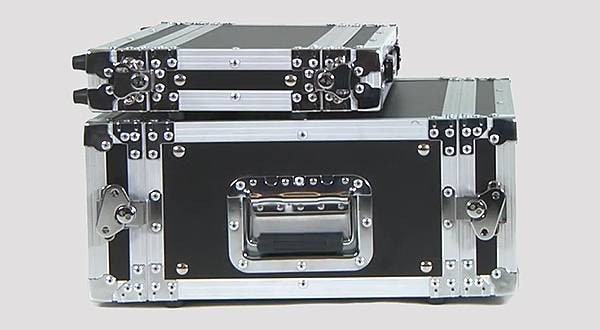
 ポータブルPAシステム特集
ポータブルPAシステム特集
 DTMセール情報まとめ
DTMセール情報まとめ
 DTMに必要な機材
DTMに必要な機材
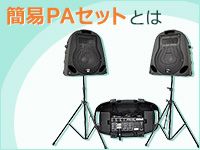 簡易PAセットとは
簡易PAセットとは
 DTM・DAW購入ガイド
DTM・DAW購入ガイド
 PAシステム講座
PAシステム講座
